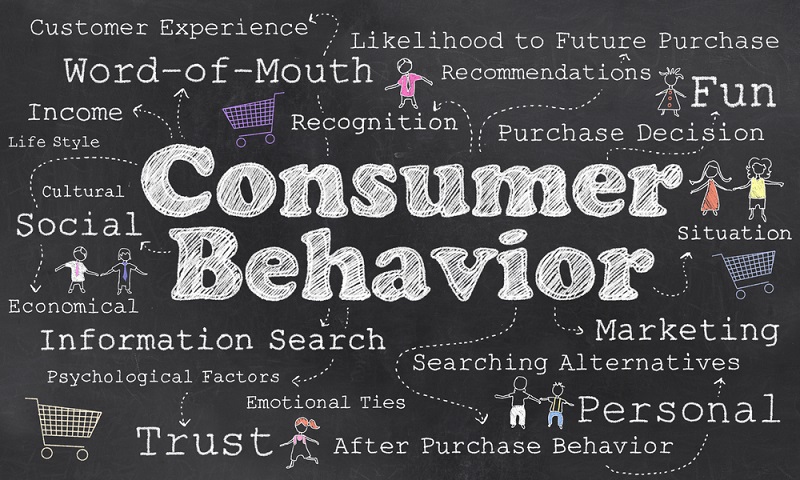The COVID-19 pandemic changed the way consumers shop and buy. But are these new behaviors permanent or temporary? Will you need to adjust your business practices? Looking at how your business has changed in the last year should give you a clue about which behaviors will be baked into the future and which are just transitory.
Here are some of the new behaviors. Compare them to what’s going on at your company.
- Consumers are so motivated to support locally-owned businesses that they’re looking to make the best purchases that benefit small businesses.
- There are longer purchase journeys. People take longer to consider their options. What was days-weeks deliberating can now take months as they’re starting to think more consciously about sustainability, value, quality, & timeliness.
- Customers care about more than just the product/service they are purchasing. They want to know there are ethical practices, sustainable materials, and other considerations in place. People find value in companies that have morals that align with their own and will do business with these companies over others, even cheaper options.
“Activist” Consumers
Social purpose is no longer just a ‘nice to have.’ It’s a must-have for many consumers. Think about companies like Ben & Jerry’s and The Body Shop. They had a social purpose before it was “expected.” Today, it’s impossible to stay ‘above the fray.’
According to a report from CompareCards:
- Millennials and Gen Z consider consumerism a “channel for change” and are activists regarding their purchasing behaviors. More than half are currently boycotting at least one company.
- Having a social purpose is becoming essential for small businesses.
Ask yourself…
- What does your company stand for? What kind of culture do you want to create? How are you making an impact beyond simply improving the bottom line?
- You need to know the answers to these questions. Potential customers, partners, and prospective employees are increasingly asking them.
New Consumer Groups
In 2020, Nielsen identified two emerging distinct consumer groups. These turned into four as the world began to unravel from the pandemic.
- Existing Constrained: They were already watching what they spent before COVID-19, and this hasn’t changed
- Newly Constrained: They experienced worsening household income/financial situations and are consciously watching what they now spend
- Cautious Insulated: There’s been only a limited impact on their income/financial situation but they are watching what they spend much more than before
- Unrestricted Insulated: They’re still enjoying a similar or improved income/ financial situation from before the pandemic and don’t feel the need to watch what they spend
How do your customers fit into these groups? Do you need to offer more promotions/enticements to get them to make a purchase?
Consumer behaviors stock photo by T. L. Furrer/Shutterstock

